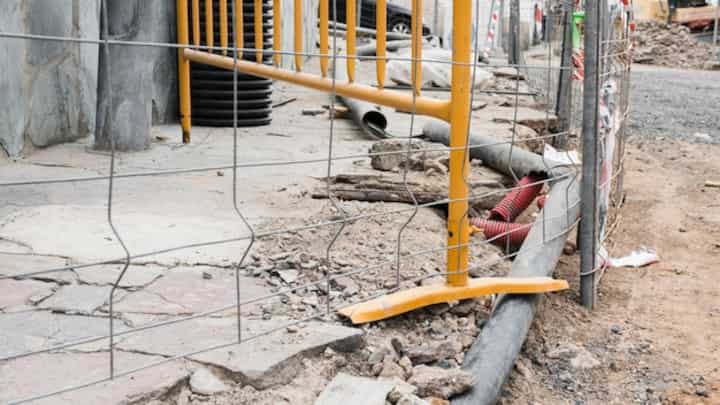
Expert Foundation Stabilization and Underpinning Services
Foundation stabilization and underpinning are critical processes in maintaining the structural integrity of buildings. Over time, various factors such as soil conditions, weather changes, and water damage can compromise the stability of a foundation. When this happens, it becomes necessary to employ expert services to restore the foundation to its original state or enhance its load-bearing capacity. This article delves into the significance of these services, the methods employed, and the benefits they offer to property owners.
Understanding Foundation Stabilization
Definition and Importance
Foundation stabilization refers to the process of reinforcing a building's foundation to prevent further movement and maintain its structural integrity. This is essential in ensuring that a structure remains safe and functional over time.
Common Causes of Foundation Issues
- Soil settlement or shifting
- Water damage or poor drainage
- Tree root growth near the foundation
- Construction errors
- Natural disasters such as earthquakes
Foundation Stabilization Techniques
Several methods are employed to stabilize foundations, each suited to different scenarios:
- Helical Piers: These are screw-like steel shafts that are driven into the ground to provide support.
- Push Piers: Made of steel, these are hydraulically driven into the soil to underpin and stabilize the foundation.
- Slab Jacking: This technique involves injecting a grout mixture under the slab to lift and stabilize it.
- Soil Stabilization: Chemical or mechanical methods are used to enhance the soil's load-bearing capacity.
Read more about this topic here.
The Process of Underpinning
What is Underpinning?
Underpinning is a method used to strengthen and stabilize the foundation of an existing building or structure. It involves extending the foundation depth or increasing its bearing capacity to support additional loads.
When is Underpinning Necessary?
- When a building shows signs of foundation failure, such as cracks in walls or uneven floors.
- When the usage of the building changes, resulting in increased load demands.
- When nearby excavation affects the existing foundation.
- When the original foundation is no longer adequate due to soil changes.
Learn more in this detailed guide here.
Underpinning Methods
There are several techniques used in underpinning, depending on the specific needs of a structure:
- Mass Concrete Underpinning: Known as the traditional method, it involves excavating sections below the foundation and pouring concrete to extend the foundation depth.
- Mini-Piled Underpinning: This method is used when the load conditions or soil type require deeper foundations, using piles of small diameter.
- Beam and Base Method: A reinforced concrete beam is constructed to transfer the load from the existing foundation to the new support system.
Explore further insights here.
Benefits of Professional Foundation Services
Safety and Structural Integrity
Professional stabilization and underpinning services ensure the safety and longevity of a building by addressing the root causes of foundation issues and providing tailored solutions.
Increased Property Value
A well-maintained foundation contributes to the overall value of a property, making it more attractive to potential buyers.
Cost-Effectiveness
Addressing foundation issues promptly can prevent more extensive and costly repairs in the future. Find additional information here.
Peace of Mind
Knowing that a home or commercial building is structurally sound provides peace of mind to property owners, tenants, and occupants.